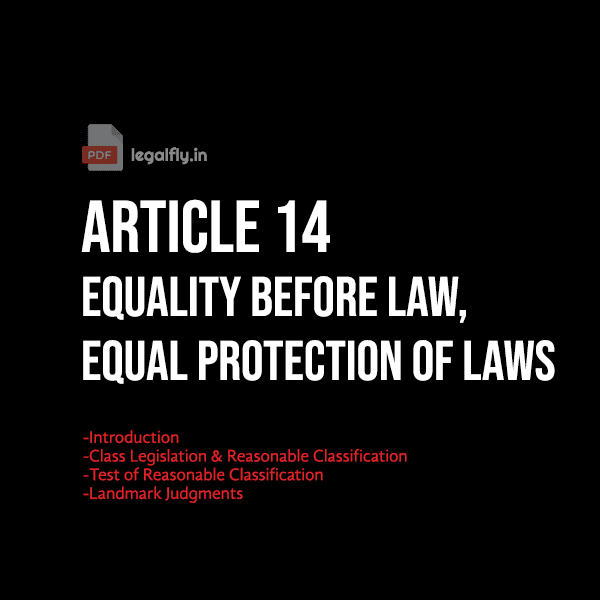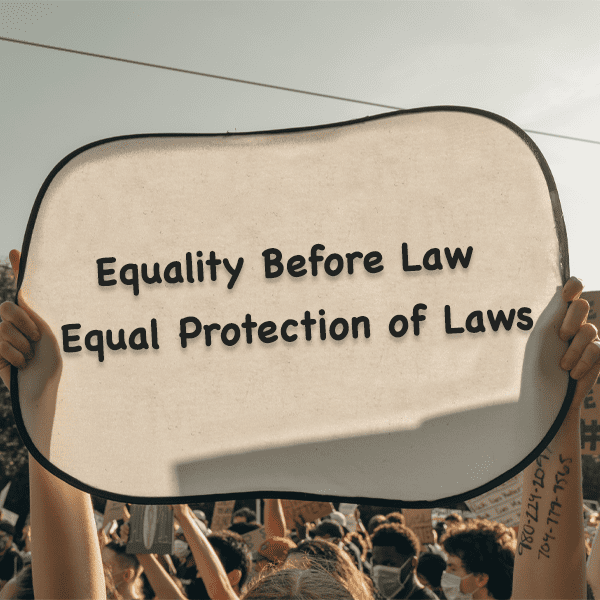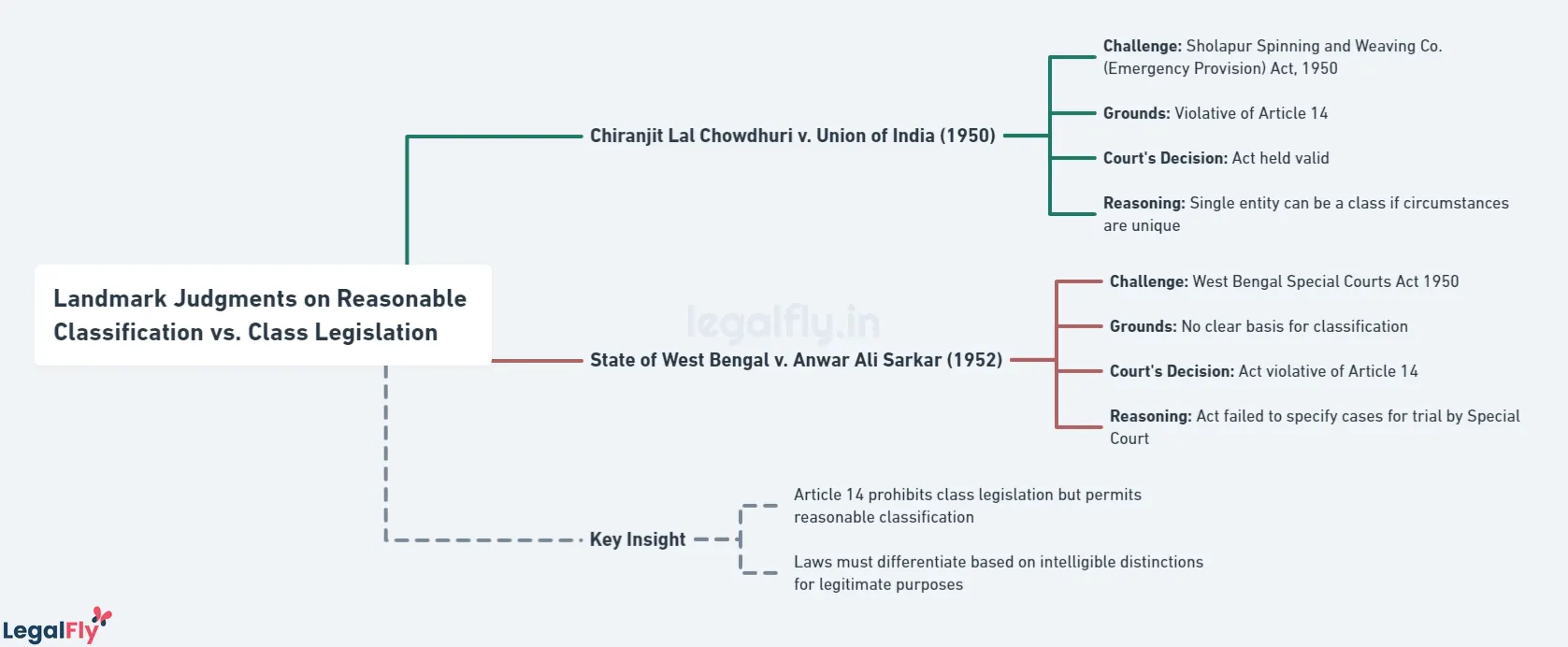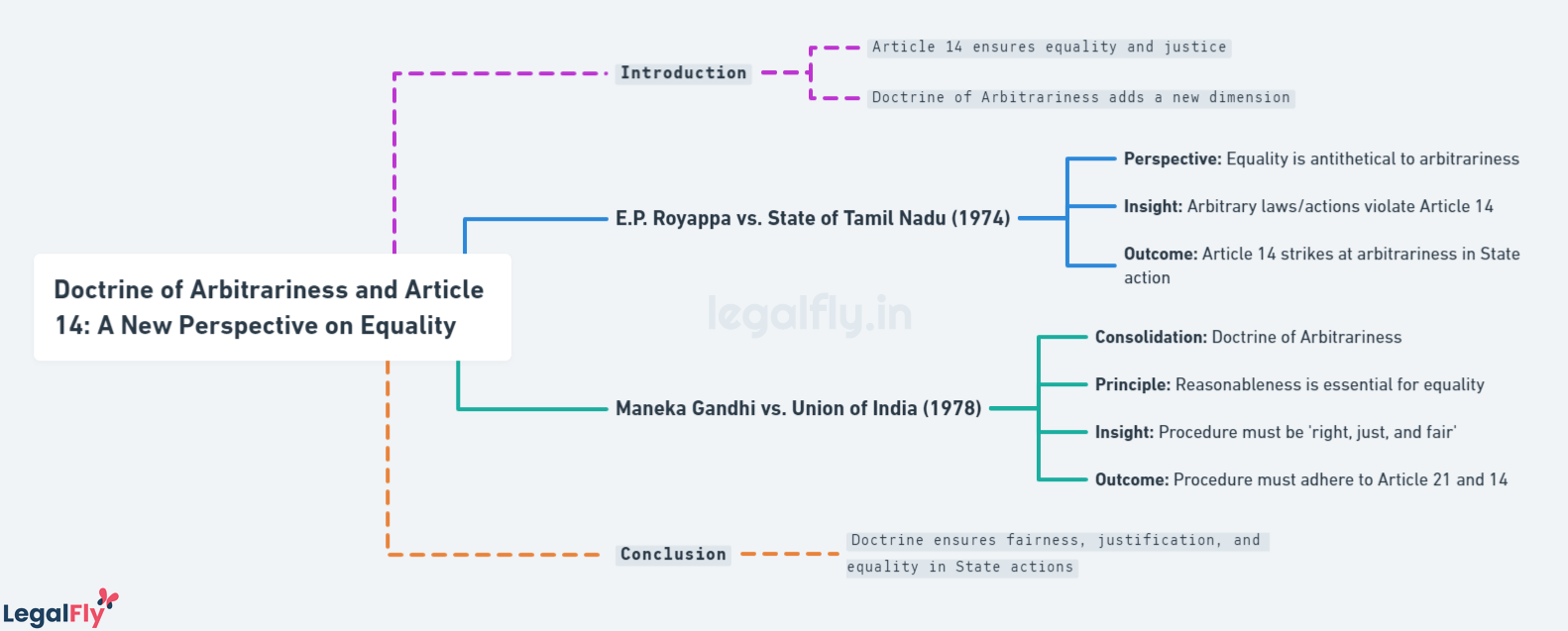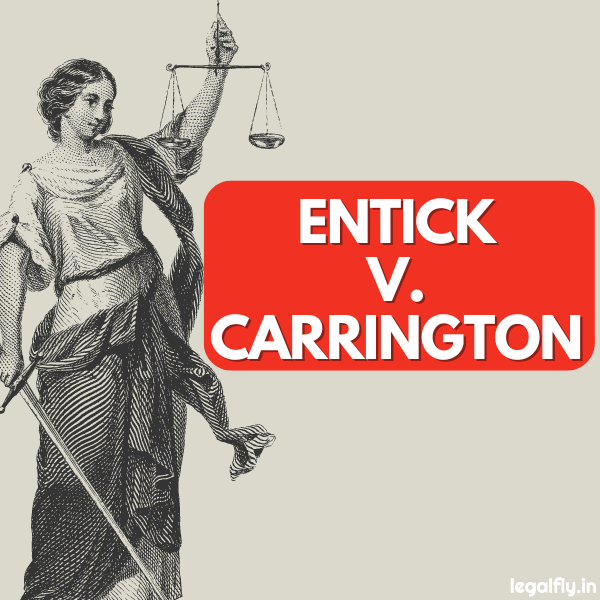Table of Contents
Understanding Human Rights – What Does it Mean?
Understanding the concept of human rights is essential before delving into Article 14. Human rights, as we know them, are the fundamental rights and freedoms to which every individual is entitled. They are universal and applicable to every human being, irrespective of their nationality, sex, ethnicity, religion, or any other status. Rights such as the right to life, liberty, freedom from slavery and torture, freedom of opinion and expression, and the right to work and education are just a few examples.

Examples of Human Rights
Some prominent examples of human rights are:
- Right to Life: Every individual has the right to live without the fear of extrajudicial killing.
- Right to a Fair Trial: This safeguards individuals from unjust punishment without proper legal proceedings.
- Right to Education: This emphasizes that every individual should have access to primary education regardless of background.
Equality Before Law: An Insight into Article 14
Article 14 of the Indian Constitution firmly emphasizes ‘Equality Before Law’, a principle that no individual, regardless of rank or position, is above the law.
This cornerstone of justice ensures equal subjection of all individuals to the ordinary law of the land, thereby eliminating any special privilege in favour of anyone – a concept that A.V. Dicey, a constitutional theorist, coined as the ‘Rule of Law.’ This doctrine implies the supremacy of law, equality before the law, and the predominance of the legal spirit.
Every citizen, from the Prime Minister to a farmer, is accountable for their actions similarly. The same set of responsibilities and legal consequences apply to every act committed without lawful justification. However, ‘Equality Before Law’ is not an absolute rule and comes with its exceptions, as stipulated in Article 361 of the Constitution.
This comprehensive principle embedded within Article 14 prevents arbitrary use of power and assures that justice is not denied to anyone. It ensures that justice is delivered without any discrimination, symbolizing that everyone, irrespective of their status, wealth, or position, is equally subject to the laws of the land.
Equality Before Law: An Example
Consider a situation where a high-ranking official is found guilty of corruption. They would be tried and penalized just like a common citizen despite their position. In essence, the rule of ‘Equality Before Law’, articulated in Article 14, reinforces the democratic nature of the Indian legal system.
Equal Protection of Laws: The Other Half of Article 14
Article 14 of the Indian Constitution emphasizes not only ‘Equality Before Law,’ but also spotlights ‘Equal Protection of Laws.’ The principle of ‘Equal Protection of Laws,’ as found in the 14th Amendment of the U.S. Constitution, signifies equality of treatment in equal circumstances.
Understanding ‘Equal Protection of Laws’
This principle advocates that the law should be equal and equally administered, treating those in similar situations alike. It implies that legal privileges conferred should be similar for individuals in analogous cases, but the liabilities imposed should also be on par.
The Nuances of Equal Treatment
The emphasis of ‘Equal Protection of Laws’ on equal treatment does not suggest a universal application of every law, neglecting the differences in circumstances. Instead, it upholds the concept that laws should address the variability of situations and apply accordingly. This provision in Article 14 ensures that laws, policies, and procedures are non-discriminatory, strengthening the legal system’s foundation of justice and fairness.
Equal Protection of Laws in Legal Precedents
This aspect of Article 14 was vividly illustrated in legal cases like the Special Courts Bill of 1979 and State of West Bengal v. Anwar Ali (1952).
In the case of the Special Courts Bill of 1979, the underlying principle of Article 14 is that all persons similarly circumstanced should be treated alike, both in privileges conferred and liabilities imposed.
In the case of the State of West Bengal v. Anwar Ali, it was declared that the provision of ‘Equal Protection of Laws’ is a corollary to the ‘Equality Before Law.’ The Court opined that both parts of Article 14 combine to form a single code of law, aiming at ensuring fairness, justice, and righteousness, strengthening the democratic fabric of the nation. This case set a precedent that influenced subsequent interpretations of Article 14.
Equal Protection of Laws: An Example
Consider a scenario where two individuals are charged with the same type of crime under the same circumstances. Even though one individual may come from an affluent background and the other from a more modest background, the ‘Equal Protection of Laws’ under Article 14 ensures that both individuals receive the same legal treatment, protection, and penalties.
For instance, if they both were to receive a sentence, it would be identical, with no leniency granted based on social standing or wealth. The principle of ‘Equal Protection of Laws’ thus ensures uniformity and consistency in the legal process, regardless of a person’s socioeconomic status. This principle, hence, champions the cause of justice and fairness in the legal system, reinforcing the democratic ethos of the nation.
Reasonable Classification vs. Class Legislation: Understanding through Article 14
Article 14 of the Indian Constitution brilliantly balances the need for equal treatment with the practical reality that certain situations require special attention. It prohibits class legislation that arbitrarily grants special privileges to specific groups, creating unwarranted distinctions. At the same time, it permits reasonable classification that supports the legislative power to group or classify persons, objects, and transactions to achieve specific goals.
What is Prohibiting Class Legislation?
Class legislation refers to laws that confer unique privileges upon a specific group of individuals arbitrarily selected from the larger population, thereby creating an improper distinction. Article 14 prohibits such laws as they fundamentally violate the principle of equality.
What is Permitting Reasonable Classification?
On the other hand, reasonable classification is a principle that allows the legislature to group individuals or things based on distinctive characteristics. To be deemed reasonable, the classification must meet two criteria:
- It must be based on an intelligible differentia that distinguishes those within the class from those outside it.
- The differentia should have a rational relation or nexus to the object sought to be achieved by the act.
Examples and Comparisons
Several landmark judgments have clarified the difference between reasonable classification and class legislation. Two such cases are ‘Chiranjit Lal Chowdhuri v. Union of India, 1950‘ and ‘State of West Bengal v. Anwar Ali Sarkar, 1952.‘
Case Study: Chiranjit Lal Chowdhuri v. Union of India (1950)
In this case, the Sholapur Spinning and Weaving Co. (Emergency Provision) Act, 1950, was challenged by a company shareholder on the grounds of it being violative of Article 14. The act had allowed the government to take control of the company’s management due to mismanagement affecting the production of essential commodities and causing widespread unemployment among labourers. Despite this action focusing on one company, leaving other similar companies untouched, the Court held the act valid. It underscored that a single individual or company could be treated as a class by itself if the circumstances were unique, like in this case.
Case Study: State of West Bengal v. Anwar Ali Sarkar (1952)
This case challenged the West Bengal Special Courts Act 1950 because it allowed the government to refer any cases or classes of cases to special courts without reasonable classification. The act was deemed violative of Article 14 because it failed to provide a clear basis for classification and did not specify the kind of cases to be directed for trial by the Special Court.
These cases highlight how Article 14 balances prohibiting class legislation and permitting reasonable classification. They underline how laws must not arbitrarily discriminate but can, for legitimate purposes, differentiate among persons or entities based on intelligible and significant distinctions. This subtle interpretation strengthens the legal system’s enforcement of equality and justice.
Doctrine of Arbitrariness and Article 14: A New Perspective on Equality
Article 14 has been subjected to numerous interpretations to understand its depth and magnitude in ensuring equality and justice. One such perspective is the Doctrine of Arbitrariness, which brought a new dimension to the understanding of Article 14.
Case Study: E.P. Royappa vs. State of Tamil Nadu (1974)
In the case of E.P. Royappa vs. State of Tamil Nadu in 1974, a fresh perspective on Article 14 was introduced. It was declared that equality is essentially antithetical to arbitrariness. In simpler terms, any arbitrary law or action, i.e., based on random choice or personal impulse rather than any reason or system, is considered in violation of Article 14. Hence, Article 14 fundamentally strikes at arbitrariness in State action, thereby ensuring fairness and equality of treatment.
Case Study: Maneka Gandhi vs. Union of India (1978)
The landmark case of Maneka Gandhi vs. Union of India in 1978 further consolidated the Doctrine of Arbitrariness. This judgment enshrined the principle of reasonableness as an essential component of equality or non-arbitrariness. The verdict stated that the procedure outlined in Article 21 must pass the reasonableness test to be in harmony with Article 14. It further elaborated that such a procedure must be ‘right, just, and fair’ and not arbitrary, fanciful, or oppressive. If so, it would not qualify as a procedure at all, thereby failing the requirement of Article 21.
In conclusion, the Doctrine of Arbitrariness introduces a robust mechanism to ensure that State actions are fair and justified and adhere to the principles of equality and justice, echoing the spirit of Article 14.
Landmark Judgments: Critical Cases Shaping Article 14
Article 14 has evolved through a series of pathbreaking judgments. These cases have expanded its scope and reshaped its interpretation, ultimately solidifying its relevance in the contemporary era.
Case Study: Air India v. Nargesh Meerza (1981)
In a landmark case of Air India v. Nargesh Meerza 1981, specific service regulations of Air India were challenged on the grounds of violating Article 14 of the Indian Constitution. The Supreme Court ruled that the regulation that allowed for the termination of an employee’s service due to pregnancy was discriminatory and, therefore, violated Article 14. Additionally, the Court struck down a part of Regulation 47, which gave excessive powers to the Managing Director without reasonable guidelines to exercise those powers.
Case Study: Mithu v. State of Punjab (1983)
The Mithu v. State of Punjab landmark case dealt with the constitutionality of Section 303. The Court ruled this section unconstitutional as it mandated a death penalty for those who commit murder while serving a life sentence, but not for those outside this category. The Court found that this classification was not based on a rational principle.
Case Study: Shayara Bano v. Union of India (2017)
In a landmark judgment of Shayara Bano v. Union of India 2017, the Supreme Court declared the Muslim law practice of triple talaq unconstitutional, stating that it was arbitrary and against the principle of equality upheld by Article 14.
Case Study: Indian Young Lawyers Association v. State of Kerala (2018)
The high-profile case of Indian Young Lawyers Association v. State of Kerala in 2018 challenged the prohibition of women aged 10 to 50 entering a temple. The Court ruled that such discrimination based on biological factors violated Article 14. Consequently, Rule 3(b) of the Kerala Hindu Places of Public Worship (Authorisation of Entry) Rules 1965 was declared unconstitutional.
Case Study: Navtej Singh Johar v. Union of India (2018)
In a landmark ruling in the Navtej Singh Johar v. Union of India case, the Supreme Court decriminalized a part of Section 377, considering it a violation of Article 14. The Court declared that the section no longer applies to the consensual sexual acts between LGBT adults, thereby affirming the rights of this community.
Article 14 and the UDHR: Global Influence and Impact
Article 14, a fundamental principle in the Indian Constitution, extends its influence on the global scale through its integral role in the Universal Declaration of Human Rights (UDHR). This principle reverberates globally, strengthening our comprehension and execution of the concepts of equality and non-discrimination.
The Importance of Article 14 Globally
Internationally, Article 14 is viewed as a potent instrument for advocating human rights. Within the UDHR, Article 14 proclaims the right for individuals to seek and enjoy asylum from persecution. This proclamation aligns with equality and non-discrimination, echoing its Indian counterpart.
For example, the landmark case of Plyler v. Doe (1982) under the U.S. legal system reflects the values expressed in Article 14 of the UDHR. In this case, the U.S. Supreme Court struck down a Texas statute denying funding for education to undocumented immigrant children. It prohibited local school districts from charging tuition fees for these students. This decision was a precise instance of Article 14 principles at work, emphasizing equal protection and non-discrimination.
The Influence of UDHR on Indian Human Rights Law
The principles within Article 14 of the UDHR significantly shape Indian human rights law, fortifying India’s commitment to ensure equality before the law and protection against discrimination.
For instance, the case of the National Legal Services Authority v. Union of India (2014) significantly showcases the influence of UDHR principles on Indian law. The Supreme Court of India recognized the rights of transgender people in this case, declaring them as the “third gender” and entitled to the same fundamental rights as any other citizen. This judgment, inspired by principles of equality and non-discrimination enshrined in Article 14 of the UDHR, exemplifies how global human rights norms can guide national legal and social evolution.
Article 14 and E-commerce Directives: Exploring Digital Rights
In our increasingly interconnected digital world, Article 14 has evolved to protect rights within e-commerce. This adaptation ensures that the principles of equality and non-discrimination extend to digital spaces and transactions, contributing to a more equitable online environment.
Adapting Article 14 to the Digital Age
The expansion of e-commerce has created new challenges and opportunities for applying principles like equality and non-discrimination. In response, governments and regulatory bodies worldwide have used frameworks like Article 14 as a basis for digital rights and online equality, ensuring that these principles are not left behind in the transition to digital economies.
In the context of the European Union, Article 14 of the E-commerce Directive (2000/31/E.C.) plays a crucial role. This directive outlines the obligations of information society services, especially those that store the information provided by the service recipient – such as online marketplaces or cloud services.
Significance of Article 14 in E-commerce Directives
Article 14 of the E-commerce Directive defends “intermediary service providers” if they do not know about illegal activity or information. Upon obtaining such knowledge, these providers must act swiftly to remove or restrict access to the data.
A noteworthy case is Google France vs. Louis Vuitton (2010). In this case, the European Court of Justice ruled that Google was not liable for trademark infringement by advertisers using brand names as keywords to trigger ads. The Court’s reasoning relied on Article 14 of the E-commerce Directive, as Google was considered an “intermediary service provider” that did not have the requisite knowledge of the advertisers’ activities.
Impact on Indian E-commerce Regulations
The principles laid down in Article 14 of the E-commerce Directive have influenced digital rights regulations even beyond Europe. With one of the fastest-growing digital economies, India has referenced similar concepts in framing its e-commerce policies.
The ‘Intermediary Guidelines and Digital Media Ethics Code‘ introduced by the Indian Government in 2021 are a testament to this. The guidelines place due diligence requirements on intermediaries, mirroring the obligations in Article 14 of the E-commerce Directive. They mandate intermediaries to restrict access to unlawful content within 36 hours of receiving actual knowledge from a government agency or a court order.
Through such implementations, we see how the essence of Article 14 adapts to the e-commerce landscape, reinforcing the commitment to equality and non-discrimination in the digital world.
Wrapping Up: Article 14 in a Nutshell
As we wrap up our exploration, we find Article 14 of the Indian Constitution is not just a provision but an embodiment of justice permeating all life aspects. It ensures equality before the law and extends its influence beyond India’s borders, demonstrating its role in the Universal Declaration of Human Rights and e-commerce directives.
To summarize, Article 14 is a guardian of equality and non-discrimination, shaping societies and ensuring these principles remain relevant in an evolving world. It reminds us of our shared humanity and equal standing in the eyes of the law. No matter where our digital age leads us, the spirit of Article 14 continues to guide us on the path of fairness and justice.
YouTube Video on ‘Article 14 | Equality Before Law, Equal Protection of Laws with Cases’
For further insight, Check out the video on my YouTube channel:
Download PDF Notes on Article 14
You can download the presentation used in my YouTube Video on ‘Article 14 | Equality Before Law, Equal Protection of Laws with Cases’ in PDF format for free here.
